Donald Jesmer and Mens (Clara) Meekis
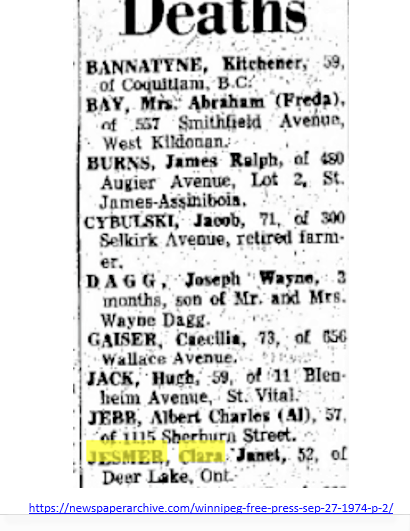
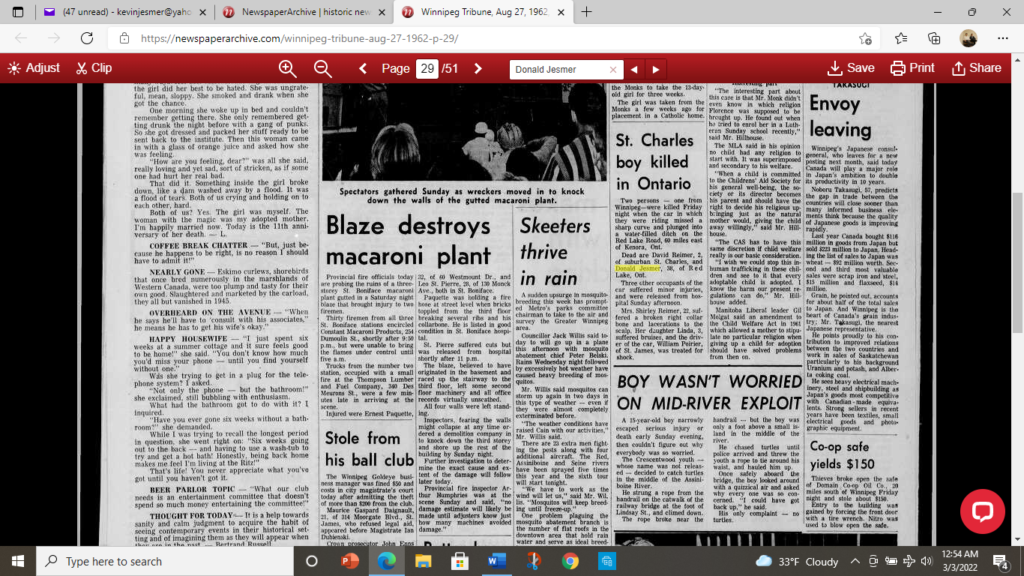
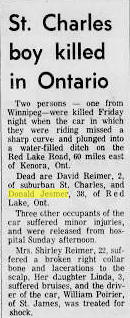
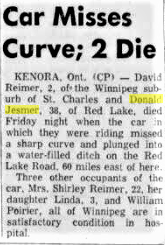
Donald Jesmer and Clara Meekis
Donald was born in Winnipeg Manitoba on February 14, 1925. He died in Red Lake, Ontario August 24, 1962.
Children of Donald Jesmer: Oscar; Marieanne (Richard), Shirley, Helen, Rose, Joanna Maxine, Donald (Donnie), Walter, Tommy (adopted out at birth)
The siblings of Donald: Harvey (Herve Jasmin), Gorden Joseph, Phyllis Mary, Hazel Mary, Marion, Ernesta Mary
Link to the Jesmer family History page
Link to Hubert and Shirley Jesmer’s page
Surname: JESMER: Area of Ontario: Kenora District
Submittor: John Jackson
Description: first name is Donald last name is Jesmer he was married to Mens (Clara) Meekis, he died in a car accident in 1962 in the Red Lake area.
Date Posted: 2006-04-11
http://www.geneofun.on.ca/db.php?database=ogwsurnames&template=ogw-surnames-show.html&&index=87
KENORA, Ont. (CP) — David Reimer, 2, of the Winnipeg suburb of St. Charles and Donald Jesmer, 38, of Red Lake, died Friday night when the car in which they were riding missed a sharp curve and plunged into a water-filled ditch on the Red Lake Road.
https://newspaperarchive.com/brandon-sun-aug-27-1962-p-3/
History of Sandy Lake and Deer Lake First Nations. Clara Meekis grew up in Deer Lake. Donald spent several years in Deer Lake.
Traditions and festivals of Sandy Lake (and Deer Lake people)
The deep meaning of the name, Mens Clara Meekis
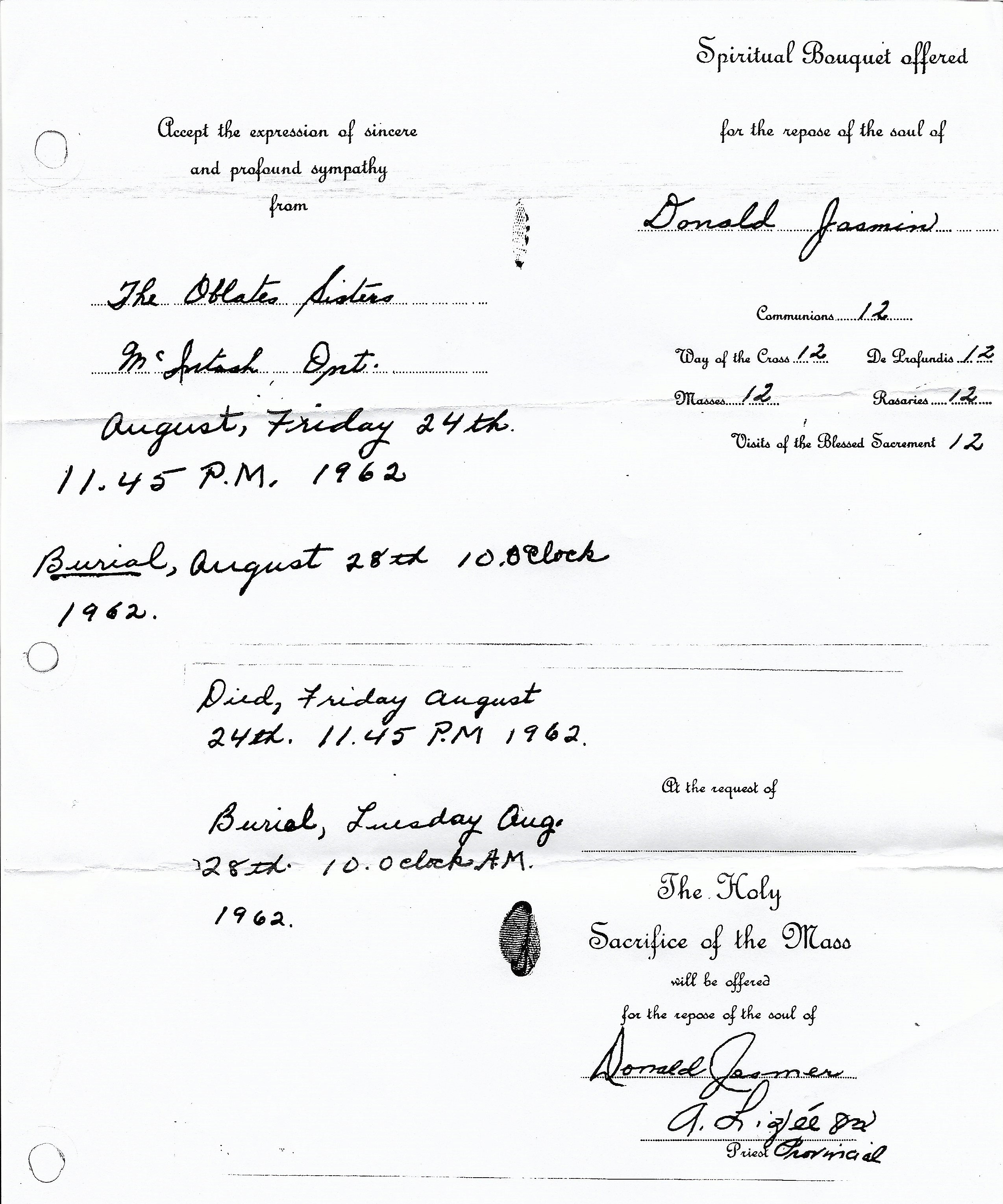
This page was created to provide what information I know about the descendants of Hubert and Shirley Jesmer. I was born and raised in Thompson Manitoba and there was always a fascination about who the “other” Jesmer’s were in Manitoba. These pages are my attempt to answer this question. May it also be a blessing to the family members who have a connection with this branch of the Jesmer family tree. If you have some information or concern, please contact me at Kevinjesmer@yahoo.com.
The Meaning of The Name, “Jesmer”
The original Immigrant ancestor was Louis Laurent Duhaut dit Jasmin. He was a farmer who came to Montreal from Poitier, Poitou, NW France in 1760. His last name literally means, “From above of Jasmin.” I think it meant “The scent of Jasmin from heaven.” In my research I have discovered that “dit” is the beginning of a nickname. “dit Jasmin” means “of Jasmin”. Jasmin is also a suburb of Paris. I believe the original family name was “Duhaut”, meaning “From above” and the “dit Jasmin” was someone’s nic name that stuck to the family name. There are Jesmer’s of Jewish ancestry. One person emailed me this. I think that their ancestor carried the same nic name, “dit Jasmin”. Maybe they lived in the suburb of Paris.
The name Duhaut Dit Jasmin was changed over the years. In 1760 the English took over Montreal. The Irish and the French, both Catholic people groups, began to have a difficult time. Then came the War of 1812. In 1814, when the Jesmer’s started to live in Upper State New York, near Hognsburg. Their last name became Duhaut Jasmin, or Jasmin Duhaut, or Jasmin. Jasmin, pronounced with a heavy French-Canadian accent, sounds like Jesmer to an English-speaking census taker or government official. And so, in the early 1800’s there began to be “Jesmer”s in Upper State New York and the region around Cornwall Ontario. Most of the different variations are related to the original immigrant ancestor, Louis Laurent Duhaut dit Jasmin.
What do some other genealogists have to say?
In reference to the 1850 census of Bombay, NY. Some of the names, especially those of French origin are misspelled in the original. The census taker spelled them phonetically, and often not according to the rules we would use today. Consequently, those searching for French speaking ancestors should consider all possibilities when searching this list. It was attempted to correct the most obvious spelling errors, but many are not possible to correct with 100% confidence. One odd fact is that the census taker mistook virtually every “v” sound in the French names for a “b”. As a result, Vivlamore is “Biblamore” and Vincent (pronounced “Vassaw “in French) appears as Bassaw for first names and surnames. It was left as Basaw for surnames because Bashaw is a common name in northern New York today. However, “Basaw” as a first name was changed back to the original “Vincent”. Franklin Jesmer’s and Levi and Roswell Jesmer’s last name appears as “Jessemin”. In other records it is sometimes given as “Jasmin”, and originally was “Duhaut dit Jasmin” http://www.usgennet.org/usa/ny/county/franklin/bombay/1850/intro.html
Let’s talk about “dit names”. If you’ve done even a little French genealogy, you will have pondered the meaning of “Dit”. If run through a translator, you get “Said” as the direct translation. Dit names are difficult to explain, most especially when one is not raised where they are used. “They are and they aren’t like a nickname,” is as close as I’m going to get.Alternate spellings happen anywhere you got human beings, often for as many reasons as there are people.
There is no one reason for the proliferation of spelling variations and dit names. There are some we can point at and say, “There’s one!” Like when the English took over New France in about 1756 and were the guys in charge from 1756 through 1867, when the colonies of Upper Canada and Lower Canada confederated into the Dominion of Canada.
Illiteracy is another. You got ask an illiterate person his name and he can tell you but he can’t spell it so if the asker wants to write this illiterate man’s name down, the asker must make his best guess at the spelling. If the two individuals speak different languages, things can get interesting. One thing that happens is that, at least once, the name May is written as both Maie and Maillé. (or Jasmin written as Jesmer or Zezmer) To an Anglophone ear, they all sound identical. Sometimes, illiteracy has nothing to do with it. I know of a fellow who immigrated to the US from Norway. When the good folks at Ellis Island asked him what his name was, he thought they asked where he was from and the family name was thereafter “Hagbo”.
Yet another reason is that the French have been playing the Nom Du Jour game for a very long time. Pepin the Short, Charlemagne’s father, was the son of Charles Martell, but many of Pepin the Short’s descendants chose to be called Pepin. Why…? Your guess is as good as mine. Mind you, that far back (the 8th century) neither literacy nor consistent surnames nor surname spelling was a priority.
In fact, consistent surname spelling has only been an Important thing since right around the beginning of the 20th century. If we get right down to it, surnames are a comparatively recent human invention, coming into vogue somewhere between the 12th and 14th centuries.
The Meaning of the Name “Meekis”
“By the 19th century, over trapping and changes in the economics of the fur trade had devastating effects on the people of the area. With the boreal forests largely depleted of fur-bearing animals, the Hudson’s Bay Company closed their posts and game remained scarce. Starvation and disease were all too common during this time. When the HBC returned toward the end of the 19th century, they assigned family names to each of the clans. The Pelican clan became the Meekis family after their patriarch Meekis (Shell).”
There were the five clans of the Sandy Lake area, Sucker (Fiddler, Goodman, and Harper), Pelican (Meekis), Crane (Kakegamic and Kakepetum), Sturgeon (Mamakeesic), and Caribou (Linklater and Rae). There are stories of when life was good, hardships, the beautiful and harsh environment, contact with the outside world, and other pieces of history and origins of where we come from. These can be found in the book Killing the Shaman.
Pelican Clan: The Pelican clan was named for the white pelican that arrived in the lakes during the summer months. Members of the Pelican clan today go by the last name Meekis. The first recorded leader of the Pelican clan was a man named “Shell”. The Pelican clan were allies with the Sucker clan.
History of the Clan System
The Anishinaabe, like most Algonquian-speaking groups in North America, base their system of kinship on patrilineal clans or totems. The Ojibwe word for clan (doodem) was borrowed into English as totem. The clans, based mainly on animals, were instrumental in traditional occupations, intertribal relations, and marriages. Today, the clan remains an important part of Anishinaabe identity.
The Anishinaabe peoples are divided into a number of doodeman, or clans, (singular: doodem) named mainly for animal totems (or doodem, as an Ojibwe person would say this word in English). In Anishinaabemowin, “ode'” means heart. “Doodem” or clan, literally would translate as the expression of, or having to do with one’s heart; in other words doodem refers to the extended family.
The totems established “a framework of government to give them strength and order” in which each totem represents a core branch of knowledge and responsibility essential to society. Today, six general totems compose this framework. The crane and the loon are the chiefs, responsible for over-seeing and leading the people. The fish are the scholars and thinkers and are responsible for solving disputes between the crane and the loon. The bear are both warriors and medicine gatherers. The martens are hunters but also warriors as well. The moose are craftsman and artists. Clans are both a means of acquiring and retaining knowledge for the Anishinaabe. Knowledge gained through experience and interactions with the Spirits and other clan members is passed down and built upon through generations.
Traditionally, each band had a self-regulating council consisting of leaders of the communities’ clans or odoodeman, with the band often identified by the principle doodem. In meeting others, the traditional greeting among the Ojibwe peoples is “What is your doodem?” (“Aaniin odoodemaayan?”) in order to establish a social conduct between the two meeting parties as family. Marriage among members of the same clan is forbidden.
The clan system is an integral part of acquiring and retaining knowledge for the Anishinaabe. Each clan contributes a key element to the society and individual members contribute to a clan’s knowledge through experience. During a clan member’s lifetime, they are able to gain knowledge known by the clan; emphasis is placed on personal experience, rather than a strict student-teacher relationship. Although members learn through relationships with other clan members, it is the experience gained as a result of these relationships that allows them to attain knowledge. Throughout a clan member’s life, knowledge they gain that was previously unknown to the clan is added to the clan’s collective knowledge. This knowledge is then passed down to future generations, contributing to the “flow of Nebwakawin (wisdom) that passes from generation to generation”.
Bemaangik group (Bird Clans)
The Bemaangik are charged with Internal/Domestic communications. They were often charged with the community’s own council fires and help facilitate dialogue on all internal/domestic issues.
Zhedeg (Pelican)
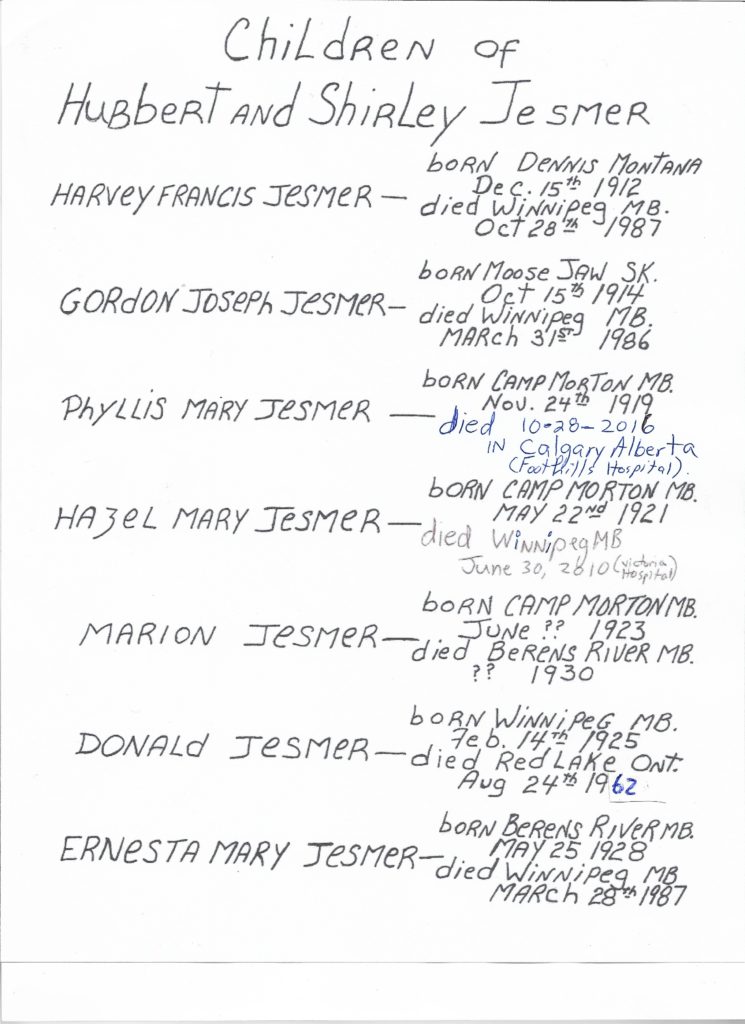






Interact with us using Facebook